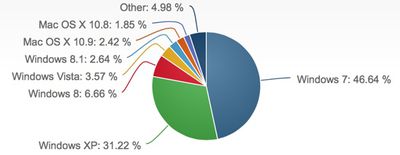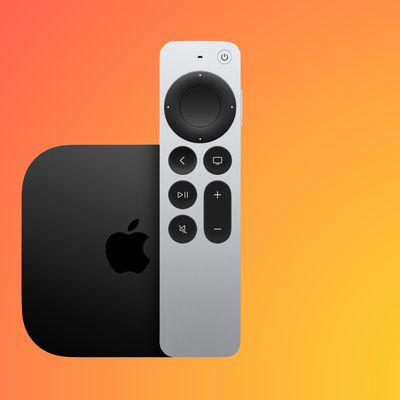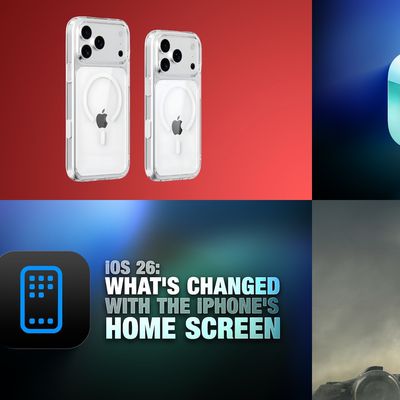OS X 10.9 Mavericks Adoption Continues to Grow Steadily
OS X 10.9 Mavericks continues to gain popularity, overtaking previous versions of OS X like Mountain Lion and Lion in November of 2013 according to the newest market share data from Net Applications (via The Next Web). First introduced on October 22, Mavericks is Apple's newest operating system and the first version of OS X to be released free to consumers.
During the month of November, Mavericks gained 1.58 percentage points, growing from 0.84 percent of total operating system market share to 2.42 percent, while other versions of OS X lost share. OS X 10.8 Mountain Lion dropped 1.48 percentage points to 1.85 percent, while OS X 10.7 Lion dropped 0.22 percentage points to 1.34 percentage points. OS X 10.6 Snow Leopard dropped 0.07 percentage points to 1.53 percent and OS X 10.5 dropped 0.01 percentage points to 0.32 percent.

Though Mavericks market share has continued to grow steadily since its release, overall OS X market share, at 7.56 percent, remains dwarfed by Windows market share, which is at 90.88 percent with Windows 7 being the most popular Windows operating system.
While Net Applications data shows Mavericks gaining ground over its predecessors, data from GoSquared suggests that though Mavericks usage has continued to rise over the course of the last month, it is still lagging behind OS X 10.8 and OS X 10.7. According to the data, Mavericks usage is at nearly 21 percent, compared to 31 percent for 10.8 and 24 percent for 10.7.
The difference between the two measurements is likely due to the number of visitors tracked and the different sites being monitored, but both data points suggest that Apple's strategy of delivering the update free to all users has worked favorably for the company, encouraging users to upgrade to the latest software.
Popular Stories
A new Apple TV is expected to be released later this year, and a handful of new features and changes have been rumored for the device.
Below, we recap what to expect from the next Apple TV, according to rumors.
Rumors
Faster Wi-Fi Support
The next Apple TV will be equipped with Apple's own combined Wi-Fi and Bluetooth chip, according to Bloomberg's Mark Gurman. He said the chip supports ...
Apple will launch its new iPhone 17 series in two months, and the iPhone 17 Pro models are expected to get a new design for the rear casing and the camera area. But more significant changes to the lineup are not expected until next year, when the iPhone 18 models arrive.
If you're thinking of trading in your iPhone for this year's latest, consider the following features rumored to be coming...
Apple's next-generation iPhone 17 Pro and iPhone 17 Pro Max are only two months away, and there are plenty of rumors about the devices.
Below, we recap key changes rumored for the iPhone 17 Pro models.
Latest Rumors
These rumors surfaced in June and July:A redesigned Dynamic Island: It has been rumored that all iPhone 17 models will have a redesigned Dynamic Island interface — it might ...
The long wait for an Apple Watch Ultra 3 is nearly over, and a handful of new features and changes have been rumored for the device.
Below, we recap what to expect from the Apple Watch Ultra 3:Satellite connectivity for sending and receiving text messages when Wi-Fi and cellular coverage is unavailable
5G support, up from LTE on the Apple Watch Ultra 2
Likely a wide-angle OLED display that ...
iPhone 17 Pro and iPhone 17 Pro Max models with displays made by BOE will be sold exclusively in China, according to a new report.
Last week, it emerged that Chinese display manufacturer BOE was aggressively ramping up its OLED production capacity for future iPhone models as part of a plan to recapture a major role in Apple's supply chain.
Now, tech news aggregator Jukan Choi reports...
The iOS 26 public beta release is quickly approaching, while developers have recently gotten their hands on a third round of betas that has seen Apple continue to tweak features, design, and functionality.
We're also continuing to hear rumors about the iPhone 17 lineup that is now just about right around the corner, while Apple's latest big-budget film appears to be taking off, so read on...



















